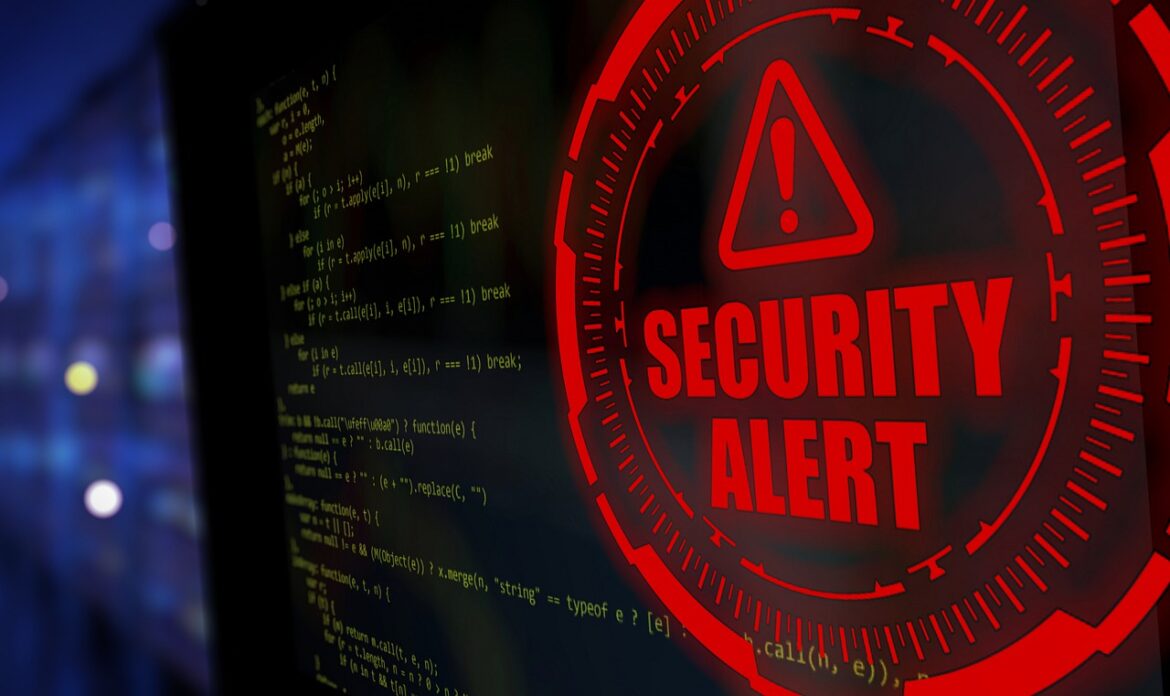Shadow IT: What Is It?
Shadow IT has long been regarded as a security and compliance risk, but many organizations now realize its advantages. Many IT leaders have asked this question due to organizations allocating 40% of their IT budgets to cloud-based technology: Is there a way to maintain security while enhancing flexibility? You can relax IT and your company by implementing a solid shadow IT policy. To do this, one must know its meaning, dangers, and advantages.
Shadow IT refers to information technology initiatives outside the infosec or IT departments. Employees now have access to more best-of-breed SaaS applications to aid in their work than ever before, and with IT becoming more consumerized, workers won’t hesitate to buy the tools they believe will be most helpful. Even though these tools might be beneficial and safe, hidden security risks might exist. Information security is becoming a top priority, particularly at businesses that store or manage sensitive data.
The recent explosion in SaaS applications has kept the practice of shadow IT going strong. The creation and distribution of robust applications have become effortless thanks to cloud-based infrastructure. Some of these SaaS applications are free, which increases their usability and allure.
Why Do Employees Utilize Shadow IT?
The temptation for employees to use shadow IT can arise for various reasons. They might not always know the dangers of using unapproved software or equipment. In other instances, they might think that using shadow IT is advantageous and outweighs the risks.
According to a recent Gartner study, employees’ dissatisfaction with the software and hardware that the IT department has approved for use is the main driver behind their use of shadow IT.
The following are some additional justifications for using shadow IT:
Save time
Employees who use unauthorized software or equipment might believe they can quickly complete their tasks.
Don’t be bureaucratic.
It can take a while and be frustrating to obtain consent to use particular information technology (IT) resources. When using shadow IT, staff members can occasionally get around these protocols.
Obtain entry to new tools
In some cases, staff members might not have access to the resources they need to perform their duties because the IT division has not permitted them. They might therefore use shadow IT to obtain the tools they require.
Stupid Staff
Many workers are ignorant of the risk they pose to the corporate IT network. If confronted, they might inquire, “What is shadow IT?”
Improve Your Competitiveness
In some circumstances, employees might believe that using unauthorized software or hardware will give them a competitive advantage.
Shadow IT Security Threats
Since these tools and programs might not be held to the same strict security standards as those the company officially endorses, shadow IT can be a severe security risk for businesses.
Shadow IT may make it more challenging for companies to adhere to data privacy laws. Assume, for instance, that a worker sends emails related to their job from a personal account. If so, those messages might not be subject to the same level of security as they would be if they were sent via an email system authorized by the company.
Shadow IT can get around security measures and infect a network with malware. Additionally, it may result in data silos that make it challenging to share information and monitor changes.
Related blog: Related blog: Top IT consulting companies in chicago
Shadow IT can introduce file sharing into the network, mainly if users use weak or default credentials. Additionally, additional compliance worries and the potential for data leaks are raised by file sharing.
Given that they might not have access to information about the used devices and applications shadow IT can make it more challenging for businesses to troubleshoot issues.
Shadow IT may not have access to the devices and applications, making troubleshooting issues more challenging.
Every company should be aware of the dangers posed by shadow IT and take precautions to reduce them. Organizations can safeguard themselves from these risks and guarantee the security of their sensitive data by managing to shadow IT proactively.
Answer To IT Shadow
What then can be done to combat shadow IT? Implementing zero trust network access is one remedy (ZTNA). ZTNA treats all users and gadgets as untrusted, whether they are connected to the corporate network or not.
Instead of relying on location, access is granted based on identity and context. As a result, it is more challenging for unauthorized users to access corporate data because they must use legitimate credentials and reliable hardware.
ZTNA can help lower the risk by doing away with the underlying trust assumption in conventional network security models, even though it is not a panacea for shadow IT. ZTNA will become a crucial component of businesses’ cloud security strategies as they increasingly adopt a cloud-first approach.
Advantages of Shadow IT
The BYOD (bring your device) trend has been embraced by many organizations, which has fueled the growth of shadow IT. Shadow IT can present security risks, but it can also have several advantages.
Shadow IT can give staff members the freedom to use the applications with which they are most familiar, which can increase output. Additionally, by allowing staff members the freedom to experiment with cutting-edge technology, shadow IT can promote innovation.
Naturally, any decision to permit shadow IT should be carefully considered, and businesses should implement strict security controls to reduce the risks. However, shadow IT can be a valuable resource for any organization when appropriately utilized.
What Are Applications for Shadow IT?
Any application that can be accessed online is considered a cloud-based application. This includes IaaS (Infrastructure as a Service) applications like Amazon Web Services and SaaS (Software as a Service) applications like Google G Suite.
As a result of their simplicity and ability to be set up and used without IT approval or assistance, shadow IT applications are frequently cloud-based.
Connected Cloud-Based Apps
Applications that connect to other cloud computing services or apps are known as cloud services or cloud apps. One example is a CRM (Customer Relationship Management) system that automatically links to an email service like Gmail to import contact information.
Because they have the potential to introduce malicious code or file sharing into the network, some cloud-based services, and connected apps may not have adequate cloud security and impose security gaps. Because of this, they should only be used if the cloud services are from a reliable source and have the organization’s approval.
Software purchased
Software not provided by the company is referred to as purchased shadow IT. This covers both commercially available software and software that has been specially created.
Purchased software may not be compatible with the organization’s security controls, raising security issues. Additionally, it might not go through the same quality control and security testing processes as internal software.
For these reasons, any decision to use shadow IT software purchased should be carefully considered and only done so after carefully weighing the risks.
IT Department: Provisioning And Approval Process
The IT department has established an approval and provisioning process to guarantee new IT hardware and software meet the company’s demands. The first step is to send a requisition outlining the intended purchase to the IT department. The department head will examine the petition and decide whether to approve the purchase. The department head will issue a purchase order to the supplier.
The IT team will install the software or hardware after delivery, enabling employees to use it. Usually, the entire procedure takes two to four weeks. Because following proper methods can be time-consuming, especially in businesses with compliance requirements, staff often choose to use shadow IT.
How to Control Shadow IT Risk
The business, not the employees, faces the challenge of reducing shadow IT instances. Organizations must take action to comprehend and meet the needs of their employees as well as streamline the approval and provisioning process. For more, consult IT Consulting Firms in New York.
Shadow IT will always exist, even in the most progressive organizations. In order to effectively identify these cases and manage the risk, businesses must find new strategies. Firms can take the following actions to lessen the use of shadow IT and lower its risk:
Understanding organizational and team needs through thorough and ongoing business audits.
To ensure visibility and control of all devices, applications, and systems, use cutting-edge technology to monitor the network continuously.
- Educate all staff members on using all tools and technologies safely and securely and the correct procedures for provisioning new services.
- Create and uphold security standards, regulations, and compliance
- Make a plan that evaluates risks and ranks remediation efforts.



